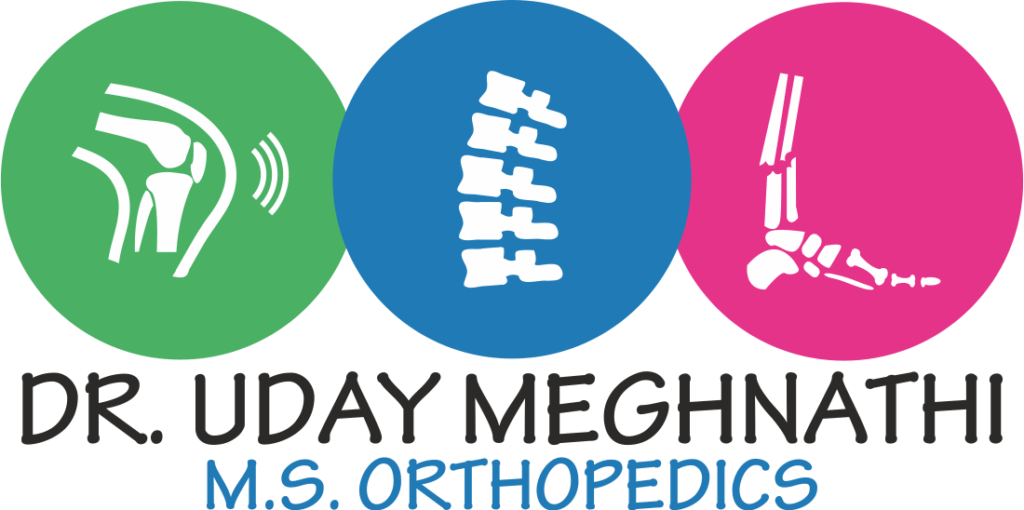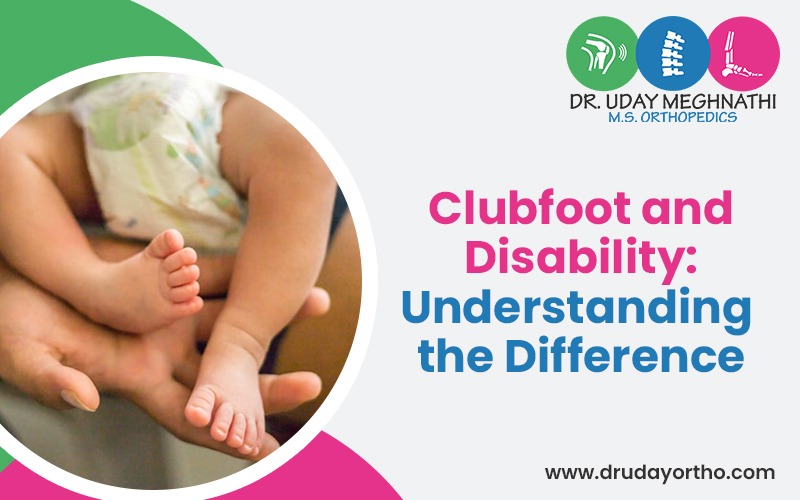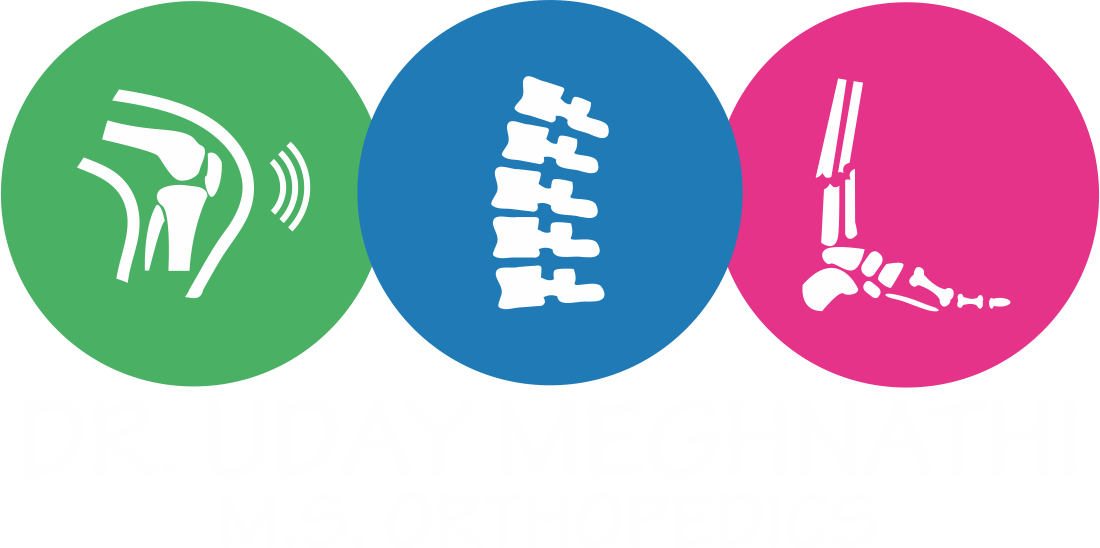The development of the newborn’s feet inward is a common biological occurrence nowadays. This condition is called a clubfoot. It is a genetic condition but can be cured via different methods of treatment. To our surprise, there are many environmental factors that also lead to the development of clubfoot. In this blog, we will comprehensively analyze this condition and its causes and also indicate a few of the early signs.
Understanding Clubfoot
Clubfoot is a congenital condition (birth defect) causing deformity in one or both of the baby’s feet. The physical appearance of the feet appears to be distinct. The bottom of the foot is curved upwards. “Talipes equinovarus” is the medical term for this condition, which is more prevalent than we may realize. The reason behind this is the underdevelopment of tendons in the legs and feet of the baby during the gestational period. The tendons have grown shorter and way tighter than normal, leading to the bending of the foot. Every 1 in 1000 babies is affected by clubfoot.
No delay should be made in the treatment of the clubfoot because when babies are newborns, their tissues and bones are very soft and delicate. This is the perfect time to treat the foot and let it grow into a normal one. Visit Dr. Uday Meghnathi, the best pediatric orthopedic doctor in vadodara. He is very compassionate about his young patients and strives to provide the best treatment to them. His clinic is well-equipped with modern technology and treatment methods. Call us to book an appointment.
Types of Clubfoot
There are only the following two types of clubfoot reported in children.
#1 Isolated Clubfoot: If the child is only suffering from a clubfoot and no other disorders or diseases, then it is said to be an isolated clubfoot.
#2 Nonisolated Clubfoot: If the child suffers with clubfoot and many other disorders like arthrogryposis and spina bifida.
Causes of Clubfoot
Two of the main estimated causes of clubfoot are,
#1 Genetics: The clubfoot is said to occur because of an undesirable gene expression or a wrong combination of genes. These genes are passed down from parents to the child.
#2 Environmental Factors: Drug abuse, alcohol consumption, and smoking during pregnancy often result in loads of birth defects; one of these is clubfoot.
Early Signs of Clubfoot
There are many signs that parents and doctors can observe in their newborn. These signs confirm the presence of clubfoot and indicate the need for quick actions and treatment.
1. Kidney-shaped feet
2. Underdeveloped calf muscles
3. Deep crease on the inside of the foot
4. Shorter foot
5. Tighter ankle
6. Restricted Motion
Also Read: Clubfoot Doctor In Vadodara
Treatment for Clubfoot
Clubfoot needs to be immediately treated at a very young age to reduce its effectiveness as much as possible. It is treated by an expert orthopedic doctor and a physiotherapist only, as they understand the cause and can determine the most beneficial treatment option for babies.
Some of the most successful treatment options are,
#1 Ponseti Method: It is a non-invasive treatment option for managing clubfoot. It involves a series of casting, bracing, and manipulations to reduce the impact of tight muscles in the feet. The doctor gently changes the foot shape and applies a long-leg cast on it. This cast is worn for a few weeks to months and sometimes years.
#2 French Functional Method: This method involves daily stretches, exercises, and taping by a physiotherapist to stretch the tightened muscles in the feet.
#3 Surgery: In case of negligence and severity of the tightness in a grown child, the surgery is done to release the tension in the tendons and surrounding feet muscles.
Conclusion
Clubfoot is a critical condition affecting a wide group of children across the globe. With the genetic reasons, environmental factors also contribute to the development of clubfoot. Are you trying to find an expert pediatric orthopedic doctor? Visit Dr. Uday Meghnathi, an exceptional knee specialist in Vadodara who critically examines pediatric concerns and treats children with immense compassion and delicateness. His facility is also well-equipped with modern technical amenities and backed by trained staff. Call us to book an appointment.
Also Check: Clubfoot and Disability: Understanding the Difference


